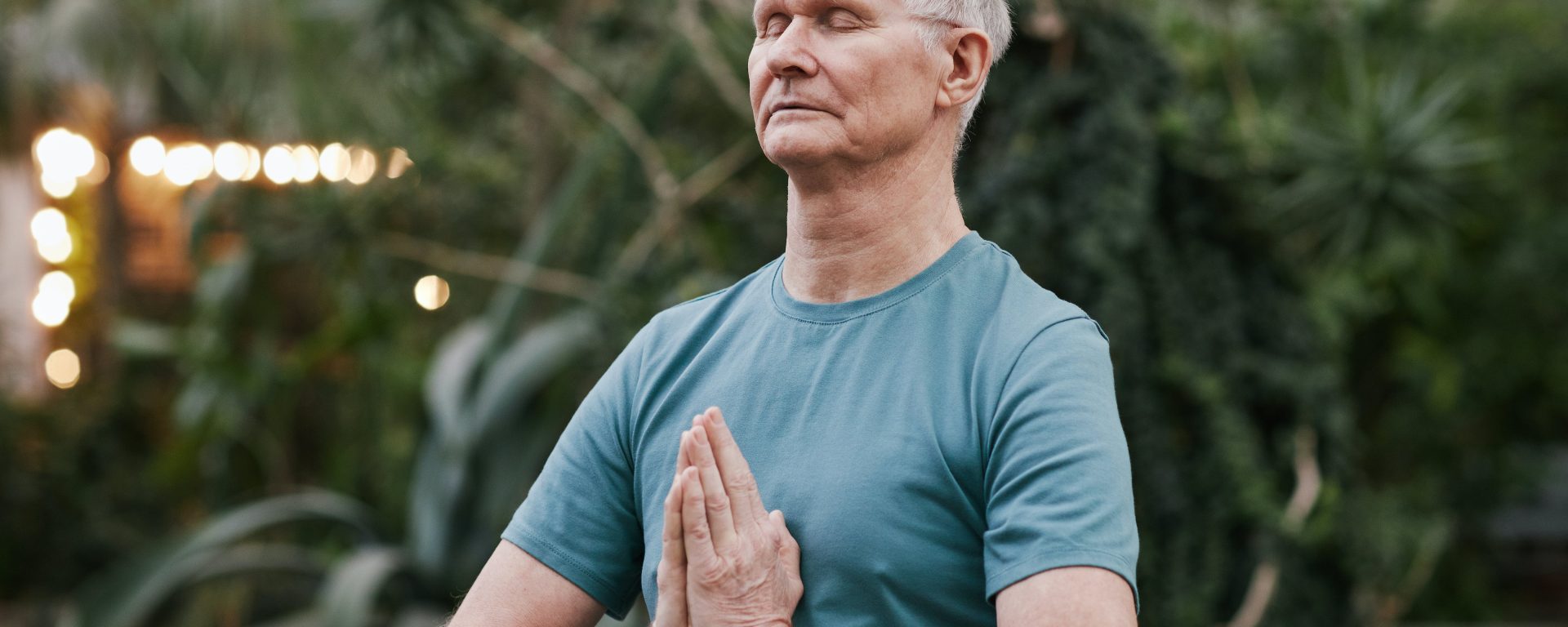In 2000, a groundbreaking randomized controlled trial, led by E. McAuley, et. al., delved into the intricate interplay of physical activity modes, social support, and subjective well-being (SWB) among older adults. The study, featuring 174 participants with a mean age of 65.5 years, sought to elucidate the impact of aerobic activity and stretching/toning on SWB over a 12-month period. Furthermore, the investigation explored the pivotal role played by exercise participation and social support in shaping changes in SWB over time.
Participants were randomly assigned to either an aerobic activity group or a stretching and toning group. The researchers employed sophisticated structural equation modeling, facilitating multiple sample latent growth curve analyses to scrutinize individual growth in SWB measures, including happiness, satisfaction with life, and loneliness, over the study duration.
The study unveiled a nuanced curvilinear growth pattern in SWB. Notably, there was a significant enhancement in well-being during the intervention, succeeded by a noteworthy decline at the 6-month follow-up. Subsequent structural analyses illuminated that the frequency of exercise participation emerged as a pivotal predictor of improvements in satisfaction with life. Simultaneously, social relations were found to be intricately linked to increases in satisfaction with life and reductions in loneliness. Furthermore, improvements in social relations and exercise frequency served as potent buffers, mitigating the declines in satisfaction with life observed at the follow-up assessment.
The findings underscore the pivotal role of social relations embedded in the exercise environment as significant determinants of subjective well-being in older adults. This research contributes valuable insights into how physical activity environments can be strategically structured to maximize improvements in more comprehensive well-being constructs, such as satisfaction with life. The implications extend beyond the realms of exercise science, offering a nuanced understanding of the intricate connections between physical activity, social support, and overall well-being in the aging population.
Reference: McAuley, E., Blissmer, B., Marquez, D. X., Jerome, G. J., Kramer, A. F., & Katula, J. (2000). Social relations, physical activity, and well-being in older adults. Preventive medicine, 31(5), 608-617.
